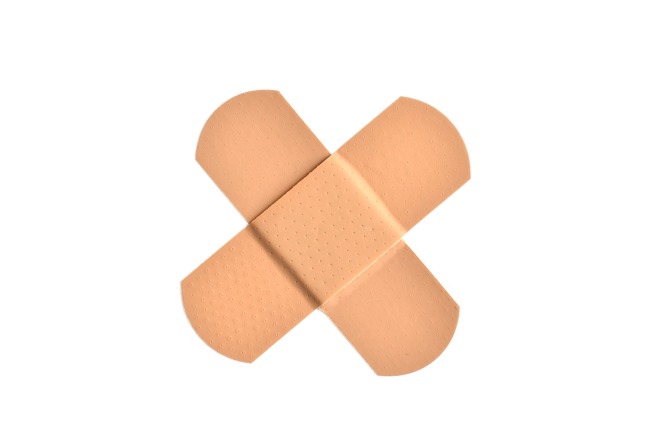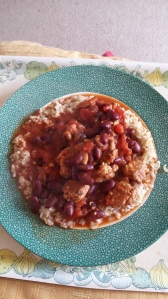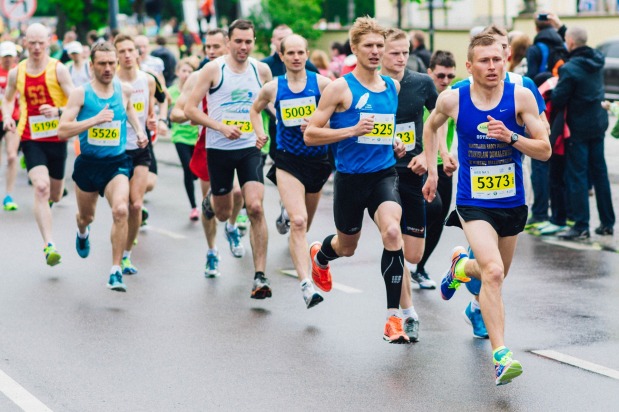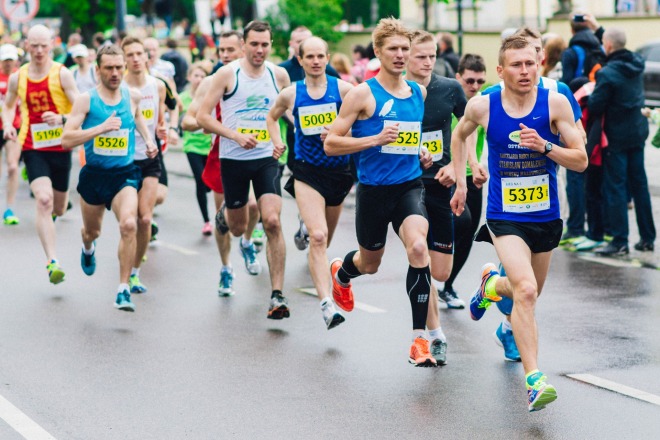
“There are no shortcuts to any place worth going” – Beverly Sills
OK, so I’m injured and haven’t run for six weeks.
But the last thing I expected was for my marathon training to be disrupted by a broken finger.
Initially, I picked up some runner’s knee. No dramas, some stretches will sort that out. But an operation on my finger? Really?
Typically, I broke it playing cricket. Fingers generally come off far worse than cricket balls in a fight.
Sure enough, my little finger broke and was misaligned. My GP was horrified that I had played four matches with it in that state but, in my defence, I thought it was just swollen.
I went to my GP because my knee was taking longer than expected to heal and wanted a second opinion after visiting a physio.
The finger was a second thought, but the GP took one look and said “Oh, that’s not normal. I’m referring you for an X-ray.”
With that, the beginning of my holiday, and training, was ruined. For someone that visits hospitals with an alarming regularity, I’m really not their biggest fans.
That doesn’t mean I don’t appreciate the miraculous work that goes on within them, it’s just that I associate them with pain and misery.
And sure enough, more of that was to come my way as I was told an operation was necessary. After a delay, I finally got operated on three days after the x-ray and was fixed up with a metal wire poking out of my finger.
Consequently, the training has taken a back seat. But, three weeks after the surgery I’m riding 10 miles a day on my bike and discovering new things about my body.
Firstly, it’s apparent that my conditioning hasn’t suffered too much. My legs are still strong and I’ve not put on any weight.
Also, the fitness is pretty good too. Obviously not as high as it was, but there’s definitely some latent fitness left over from late June.
This is good news, as I hope to embark on a tester run this week.
It’s under two months until the Bournemouth marathon and now, with six weeks of training down the drain, my aim is simply to get round and get used to the process of race day.
I won’t be running for any specific time, and even if I have to crawl along the route, I will finish that marathon. There have been too many sacrifices and hard work to throw it all away now.
I get the wire taken out of my finger this week and hopefully I’ll be able to begin training again as the knee feels better than it was.
With the marathon fast approaching, a few tactical changes will have to be made to my schedule.
Instead of two rest days a week, I’m going to have just one. This will help me regain 25% of my training losses.
The key is not to get injured again, so a degree of caution is needed. If my body is hurting, I need to rest it. A good time in Bournemouth is not the target now. I just need the miles in my legs.
So, it’s interesting times ahead. Training had been going so well with running at a projected three hours and 30 minute pace over a nine-mile distance, and there’s no doubt that a six-week break is a massive blow.
But it’s how you deal with it that counts. Stay positive, continue to eat right and focus on a good recovery and you will give yourself every chance.
It’s a race against time to make the start line in early October, but who said marathons were going to be easy?










